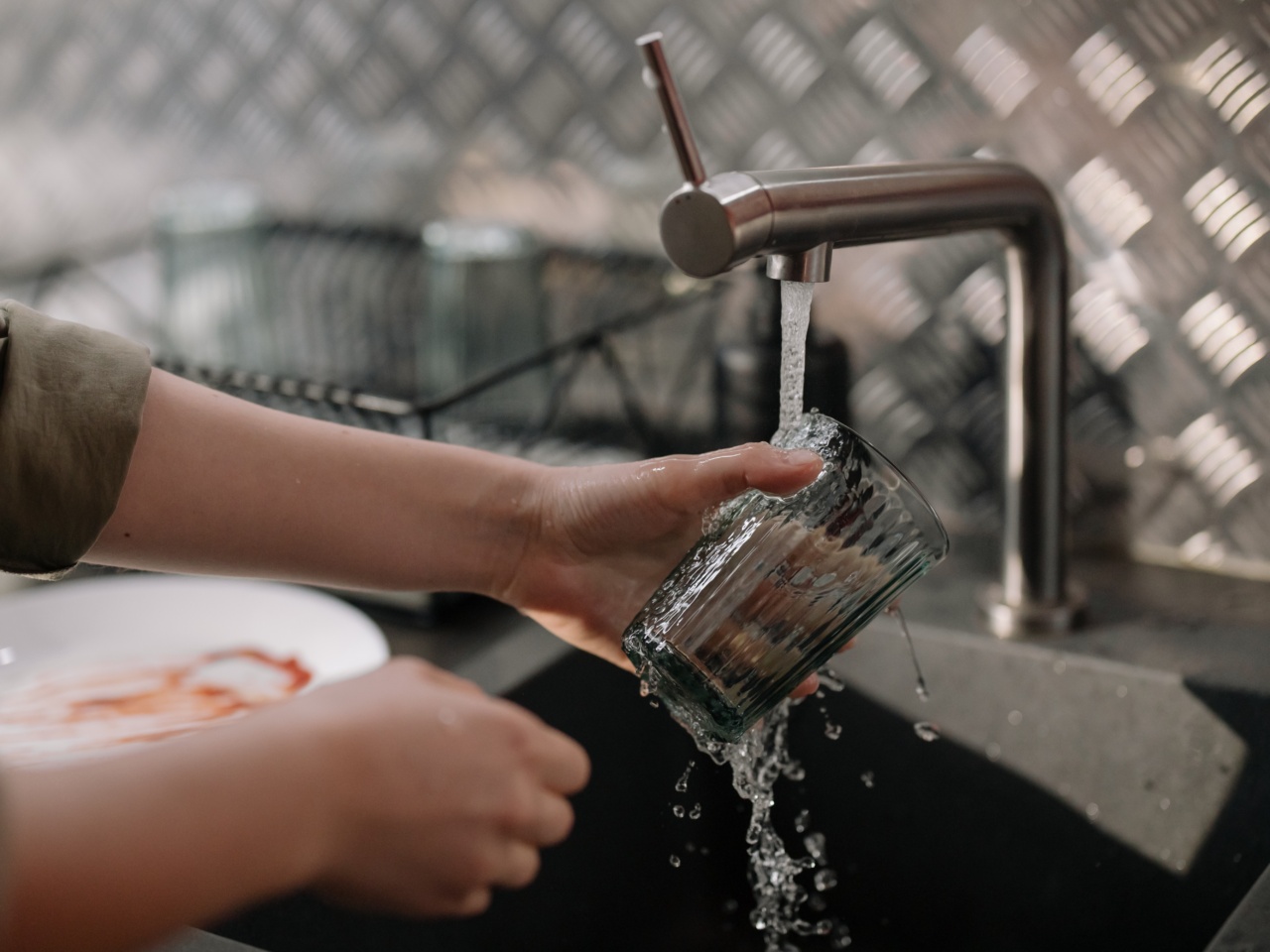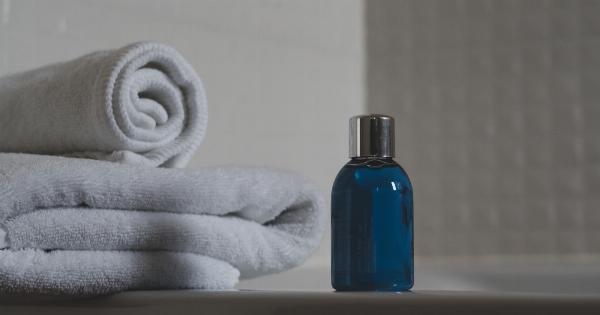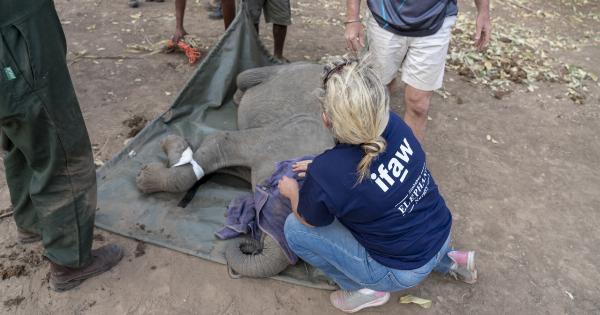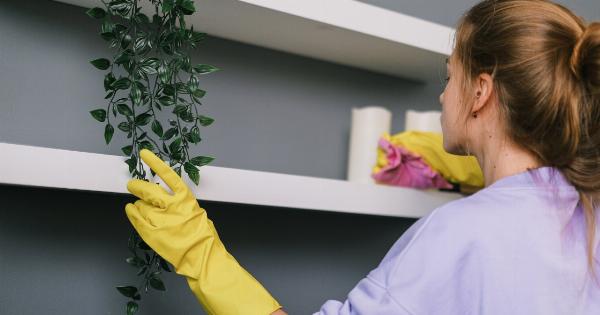Kitchens are the heart of the home. It’s where delicious meals are created, families come together, and memories are made. But kitchens can also be a breeding ground for bacteria, viruses, and other harmful microbes.
Contamination in the kitchen can lead to serious health problems, which is why it’s essential to know how to keep your kitchen safe and avoid contamination.
Wash Your Hands
The first and most critical step in preventing contamination in the kitchen is to wash your hands.
You should wash your hands before and after handling food, after using the bathroom, after touching pets, after blowing your nose, and after handling any potentially contaminated surfaces. Use warm water and soap and scrub your hands for at least 20 seconds.
Separate Cutting Boards
Cross-contamination is a leading cause of foodborne illness. One way to prevent it is to take care when using cutting boards. You should use separate cutting boards for meat, poultry, fish, and vegetables.
This will prevent the juices from raw meat from contaminating your vegetables, which could result in illness.
Clean Your Countertops
Countertops can harbor harmful bacteria, so it’s essential to keep them clean. You should wipe down your countertops with a solution of hot water and soap before and after preparing food.
Use a clean dishcloth or paper towel to avoid cross-contamination. You should also disinfect your countertops regularly with a solution of one-part vinegar to one-part water.
Use Safe Cooking Temperatures
Cooking food to a safe temperature is essential to kill harmful bacteria. Make sure you use a food thermometer to check the internal temperature of your meat, poultry, and fish before serving.
Safe temperatures are 165 degrees Fahrenheit for poultry, 145 degrees Fahrenheit for fish, and 160 degrees Fahrenheit for ground beef.
Store Food Properly
Proper food storage is crucial in preventing contamination. You should store your meat, poultry, and fish in the refrigerator below 40 degrees Fahrenheit. Always use airtight containers to prevent bacteria from getting in.
You should also store your fruits and vegetables separately from your raw meat.
Use Safe Water
The water you use in the kitchen can also be a source of contamination. Make sure you use safe water when cooking, washing dishes, and making ice. If you suspect that your water may be contaminated, you can boil it for one minute before using it.
Practice Good Hygiene
Good personal hygiene is vital when working in the kitchen. Keep long hair tied back, avoid wearing jewelry that could fall into food, and wear gloves when handling raw meat.
If you’re sick, stay out of the kitchen until you’re feeling better to avoid contaminating the food.
Keep Your Appliances Clean
Appliances like your refrigerator, stove, and microwave can also be sources of contamination. Clean them regularly with hot water and soap, and wipe down the handles and controls frequently with a disinfectant solution.
You should also clean your sponges and dishcloths regularly to prevent bacteria from growing.
Dispose of Food Properly
Proper food disposal is essential in preventing contamination. Do not keep leftovers in the fridge for more than three days, and always throw out any food that looks or smells questionable.
When disposing of food, make sure you use a sturdy trash bag and tie it tightly before throwing it away.
Conclusion
Contamination in the kitchen can result in serious health problems, but there are steps you can take to prevent it. By following these tips, you can keep your kitchen safe and enjoyable for all.






























